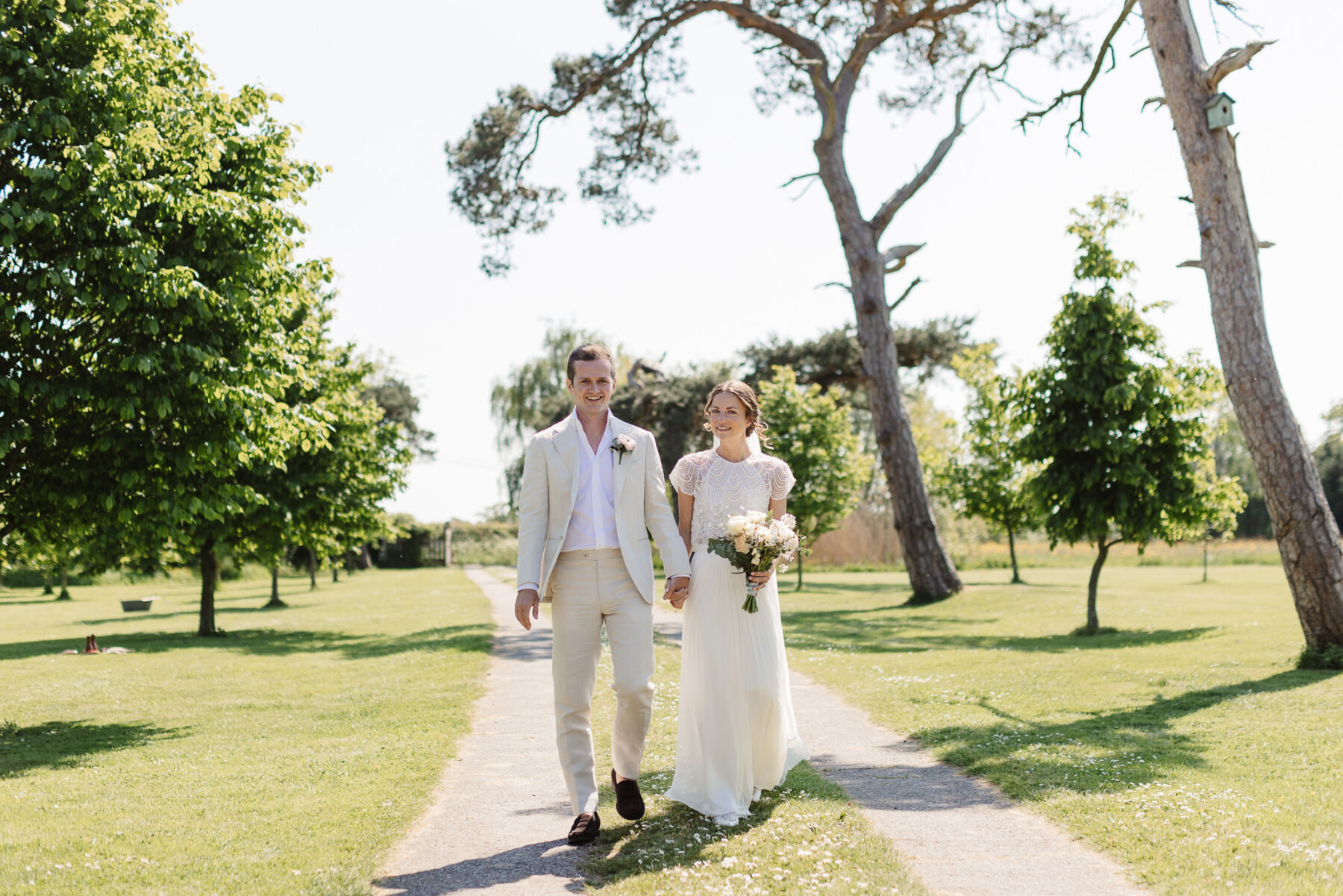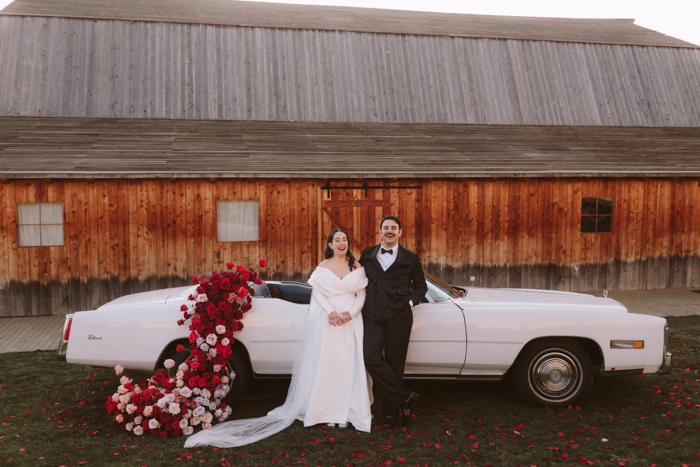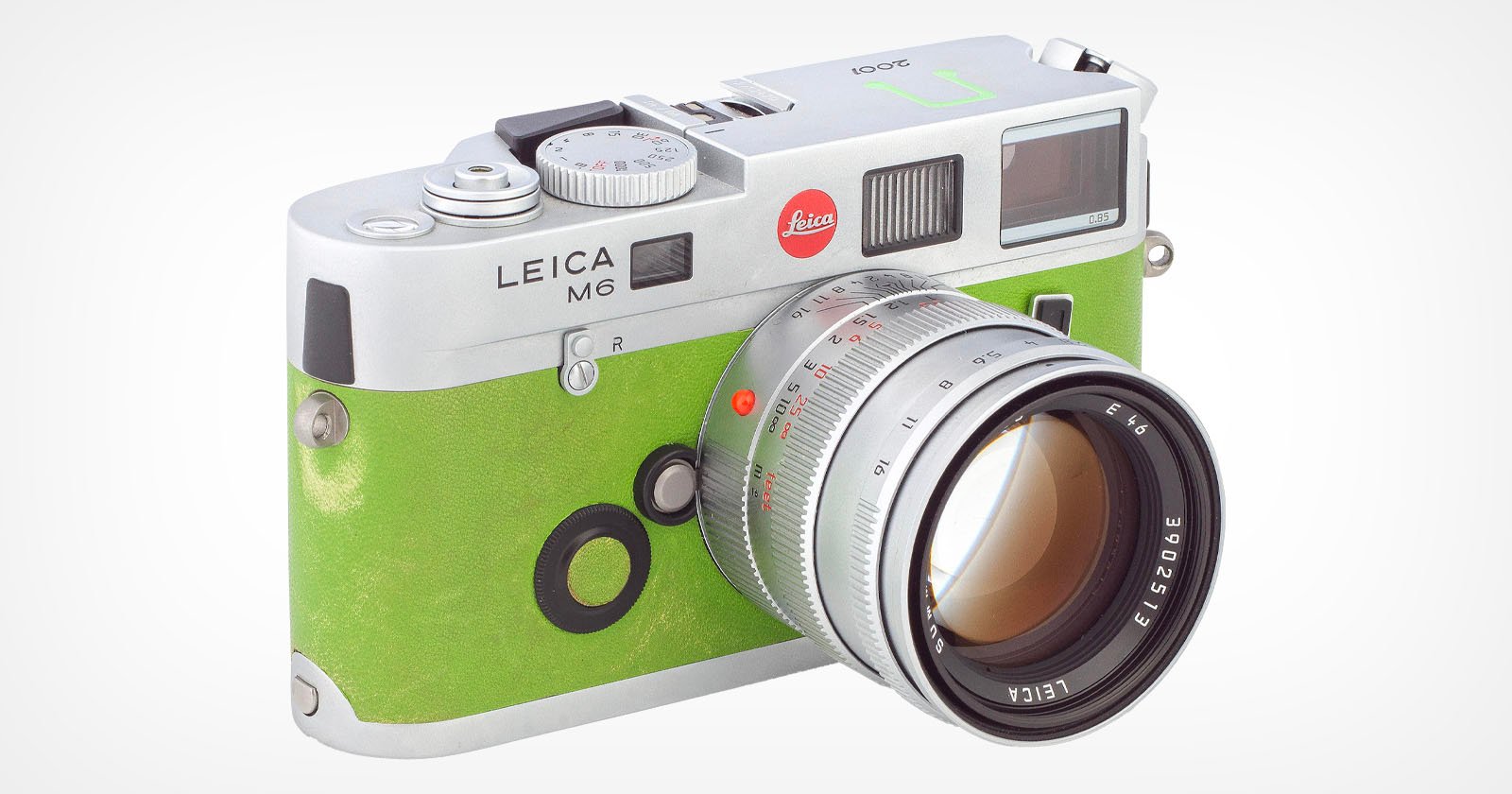
Marc De Tollenaere lives in Venice, where he also works as a tourist guide. The city’s face is changing dramatically, mass tourism is constantly on the rise. From 175,000 local residents in the fifties, the number has now shrunk to 50,000. The city today is primarily occupied by millions of tourists. With his One, No One and Fifty Thousand series, Marc De Tollenaere wanted to creates memories of Venetians who are rooted in their surroundings. Equipped with his Leicas, he was given access to homes that speak of an interior life steeped in tradition and originality. In this interview, De Tollenaere speaks of how and why he began his homage to the city’s residents, why photography is linked to memories, and why “horror vacui” (Latin for “fear of emptiness”) is the common thread weaving through the project.
What does the city of Venice mean to you personally?
In general, Venice for me means the meeting point and the mixing of several cultures, but it’s also a place where old and new live together, where a person without roots, like me, can immerse himself in a millenary culture and be part of something great that has existed and, after centuries, still waits to be discovered.
What does Venice hold for you as a photographer?
Venice is the place where I like to go on treasure hunts, and every day for me there’s the chance to find a hidden treasure. I indeed found several treasures while I was working on this project. In a Venetian house there is not only the family currently living in it, but the many layers of previous lives going back centuries.
To what does the intention behind this project boil down to?
The thousand-year-old culture of the cities of art around the world is under pressure; threatened by the invasion of hit and run tourism, by speculation and by the transformation of the urban environment. Neighbourhood shops and artisans must give way to sellers of junk tourist items. Homes for families are transformed into tourist rentals, small hotels, landlords, bed and breakfasts.
What was your focus while creating this series?
I wanted to create a contemporary fresco, made up of people, environments and unpublished stories. Here it is about the Venetians, portrayed in their homes by an artist armed with a Leica, curiosity and stoicism. The aim was to get the right shot, the fleeting shot that captures forever a world increasingly in danger.
What does the title One, No One and Fifty Thousand refer to?
One, the individuality of the person; no one, the inhabitants who will survive in the cities of art, and fifty thousand, the number of residents remaining in Venice, which in 1951 numbered 174,808, and who are sounding the alarm for other cities of art in the world.
When were the first and the last images taken?
I started the series in March 2013, and I published the book in July 2022. The last picture in the book was taken in June 2022, but I guess I’ll keep going on with this project for many years more.
How did you get in contact with the people?
In the beginning it was very difficult, of course; so, in order to produce some pictures to show, I started by photographing some friends of mine. Then, after it was clear to them what I was looking for, other friends called me to advise me about a place or a person I should absolutely see or meet for my project. Thanks to the prints I gave to every person I photographed, there was like a domino effect and, over the years, I received many phone calls or emails from people who were aware of, or had heard of interesting houses to photograph. With artists it was easier, because they are used to receiving people, and there are also a lot of dog lovers, although in Venice it’s almost impossible to have a garden. I also found many bookshelves and very few televisions.
Why did you choose to photograph in black and white?
I used black and white because it allows me to take pictures in every situation, as normally colour gets in the way. I didn’t want to miss a picture because of a too strong colour somewhere in the image; and black and white gives me the opportunity to play a little bit with light and shadows, in order to lead the attention of the viewer into the most important parts of the picture.
What message would you like to convey with your series?
Photography is about memory, and we all need memories. I guess my book is already a very interesting one, because it shows us the invisible part of Venice, and also because it leaves a door open to interpretation; but, like good wine, it will become even more important in the coming years.
So your project is a homage to a world that is going to disappear.
I am so sorry that no one did this before me. It would be a priceless treasure if somebody had documented life inside Venetian homes in the 1930s, or the 1960s or in the 1990s; but it didn’t happen. Now, each one can see something different in this book. What I see in it is the “horror vacui”, the “fear of emptiness”, which often occurs to whose who are afraid of death or of disappearing.
Belgian photographer Marc De Tollenaere was born in Tripoli, Libya, in 1969. He started with photography in 2003 and his first mentor was the Italian black and white photographer Gianni Berengo Gardin. In the following years he joined workshops and seminars run by various photographers, such as, Alex Majoli, Anders Petersen, Ernesto Bazan, Bruno Stevens and Paolo Pellegrin. Since 2006, Marc has been an active collaborator with the publishing house Biblos, and has published several photo books in the series Viaggio nelle Venezie (Travel to Veneto), as well as two monographs: Venezia ai confini della luce (Venice at the edge of light) in 2007 and Gondole (Gondolas) in 2009. After numerous journeys and reportages, he published the book Calcutta in 2009. In 2013, together with several other enthusiasts, he founded the Photographic Society Marco Polo in Venice. Since 2014, he has been teaching at the Leica Academy. Marc became a Leica Ambassador in 2014. His book One, No One and Fifty Thousand appeared in 2022, published by Biblos Editions. Find out more about his photography on his website and Instagram account.
Leica SL
Fast. Direct. Mirrorless.







